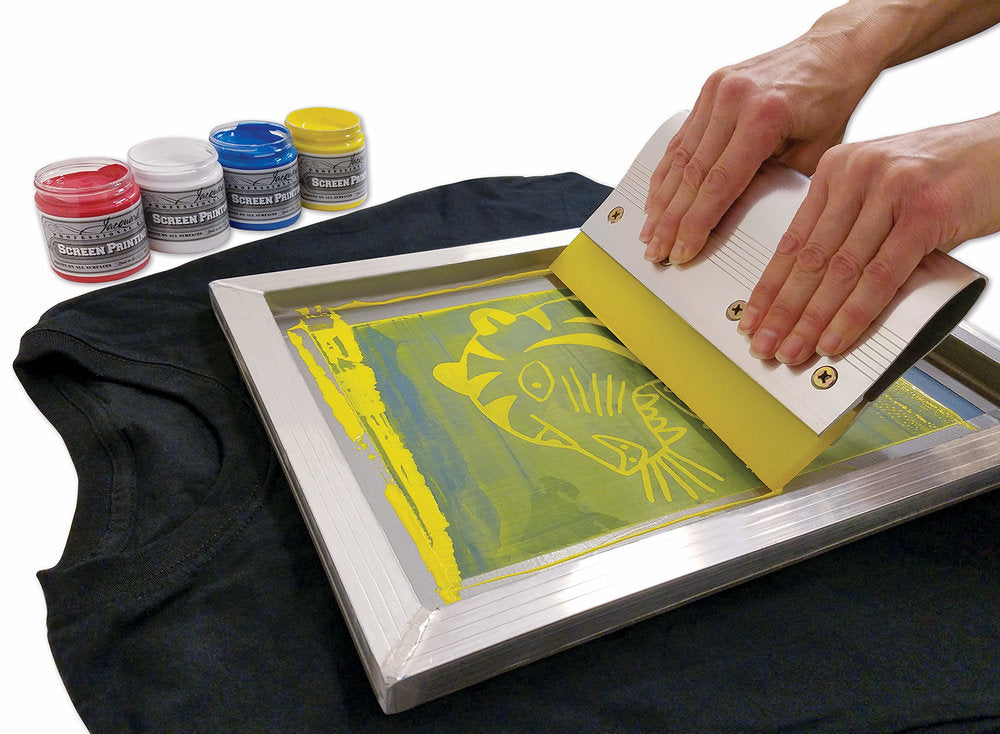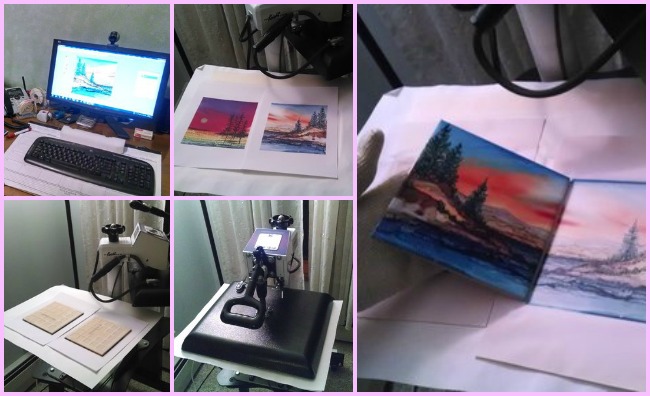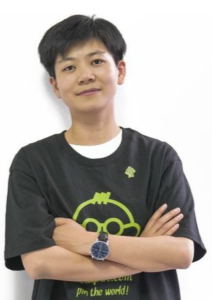When choosing the perfect lanyard for your business or event, one crucial decision is selecting the right printing method. The two most common techniques for custom lanyards are Sublimation Printing and Screen Printing. While both methods are widely used, they differ significantly in how they work and the types of designs they can produce.
In this article, we’ll break down the key differences between sublimation and screen printing for lanyards, helping you make the best choice based on your needs.
What is Sublimation Printing?
Sublimation printing is a process that transfers dye directly into the fabric through heat. This technique is popular for full-color designs and intricate artwork because it allows the colors to blend smoothly without any hard edges.

Source:https://kennyproducts.com/dye-sublimated-full-color-custom-lanyard-heat-transfer/
How Does Sublimation Work on Lanyards?
- Your design is first printed onto special transfer paper using sublimation dye.
- The lanyard is then heat-pressed, causing the dye to bond directly with the polyester fibers.
- The result is a vibrant, long-lasting design that becomes part of the fabric, rather than sitting on top of it.

Pros of Sublimation Printing:
- Unlimited Color Options: Sublimation allows for the use of gradients, detailed patterns, and vibrant colors, making it ideal for complex artwork or multi-color designs.
- Smooth Finish: Since the dye becomes part of the fabric, the result is a smooth finish with no texture.
- Durability: Sublimation prints don’t crack or peel over time, as the ink is embedded into the fibers of the lanyard.
Cons of Sublimation Printing:
- Limited to Polyester: Sublimation only works on polyester or polyester-blend materials, which limits its use to specific fabrics.
- No Metallic or Textured Effects: Sublimation doesn’t allow for metallic finishes or raised textures that might be achievable with other methods like screen printing.
What is Screen Printing?
Screen printing is a technique that uses a stencil (or “screen”) to apply layers of ink onto the surface of a material. This method is widely used for bold, simple designs that rely on solid colors.

Source:https://idshop.com/id-badge-accessories/custom-printed-id-lanyards/one-color-screen-printed-lanyard/
How Does Screen Printing Work on Lanyards?
- A mesh screen is prepared, with specific areas blocked to create the design.
- Ink is then applied to the lanyard through the screen, one color at a time.
- Each color requires a separate screen, and the lanyard is air-dried between layers.

Pros of Screen Printing:
- Bold and Crisp Designs: Screen printing is excellent for solid, vibrant colors and sharp lines, making it ideal for logos or text-heavy designs.
- Applicable to Multiple Materials: Unlike sublimation, screen printing works on a variety of fabrics, including cotton, nylon, and polyester.
- Metallic and Specialty Inks: Screen printing can incorporate metallic inks or other special finishes, giving your lanyard a unique look.
Cons of Screen Printing:
- Limited Color Options: Screen printing doesn’t handle gradients or fine details well, as each color must be applied separately.
- Thicker Finish: The ink sits on top of the fabric, which can lead to a slightly raised or textured finish that may crack over time with heavy wear.
Sublimation vs. Screen Printing for Lanyards: Key Considerations
1. Design Complexity
- Sublimation: Best for detailed, multi-color designs with gradients or intricate artwork.
- Screen Printing: Ideal for bold, simple designs with solid colors and sharp lines.
2. Material Compatibility
- Sublimation: Works only on polyester materials.
- Screen Printing: Versatile across multiple fabrics like cotton, polyester, and nylon.
3. Durability
- Sublimation: Long-lasting, with no risk of cracking or peeling, as the dye is embedded in the fabric.
- Screen Printing: Durable but may crack or peel over time with heavy use or exposure to the elements.
4. Cost
- Sublimation: Can be more cost-effective for complex, full-color designs.
- Screen Printing: More affordable for simple, one- or two-color designs.
5. Turnaround Time
- Sublimation: Faster for multi-color designs, as the entire design is printed in one step.
- Screen Printing: Slower if multiple colors are used, as each color requires a separate screen and drying time.
Visual Comparison Table: Sublimation vs. Screen Printing for Lanyards
| Feature | Sublimation Printing | Screen Printing |
|---|---|---|
| Color Range | Unlimited colors, great for gradients | Limited to solid colors |
| Design Complexity | Best for detailed, multi-color designs | Ideal for bold, simple designs |
| Material Compatibility | Polyester fabrics only | Works on various fabrics |
| Durability | Long-lasting, won’t crack or peel | Durable, but may crack over time |
| Metallic Effects | No | Yes |
| Cost | More cost-effective for multi-color designs | More affordable for simple designs |
| Production Time | Faster for complex designs | Slower for multi-color designs |
Why Choose Blythepin for Your Custom Lanyards?
At Blythepin, we specialize in both sublimation and screen printing for lanyards. With over 20 years of experience, we guarantee top-quality results for any design—whether you need intricate, colorful artwork or bold, simple logos. Our team will guide you through the entire process, ensuring that you choose the right printing technique for your needs.
Ready to get started? Contact us today to create your perfect custom lanyard!
FAQ: Sublimation vs. Screen Printing for Lanyards
Q1: Which method is more durable?
- A1: Sublimation is more durable for lanyards, as the design is embedded into the fabric and won’t crack or peel. Screen printing, while still durable, may experience wear and tear over time.
Q2: Can I use metallic inks with sublimation?
- A2: No, sublimation printing cannot handle metallic inks or special finishes. For metallic effects, screen printing is the better choice.
Q3: Which is more cost-effective for multi-color designs?
- A3: Sublimation is generally more cost-effective for multi-color or complex designs, as it prints everything in one go, whereas screen printing requires separate screens for each color.



